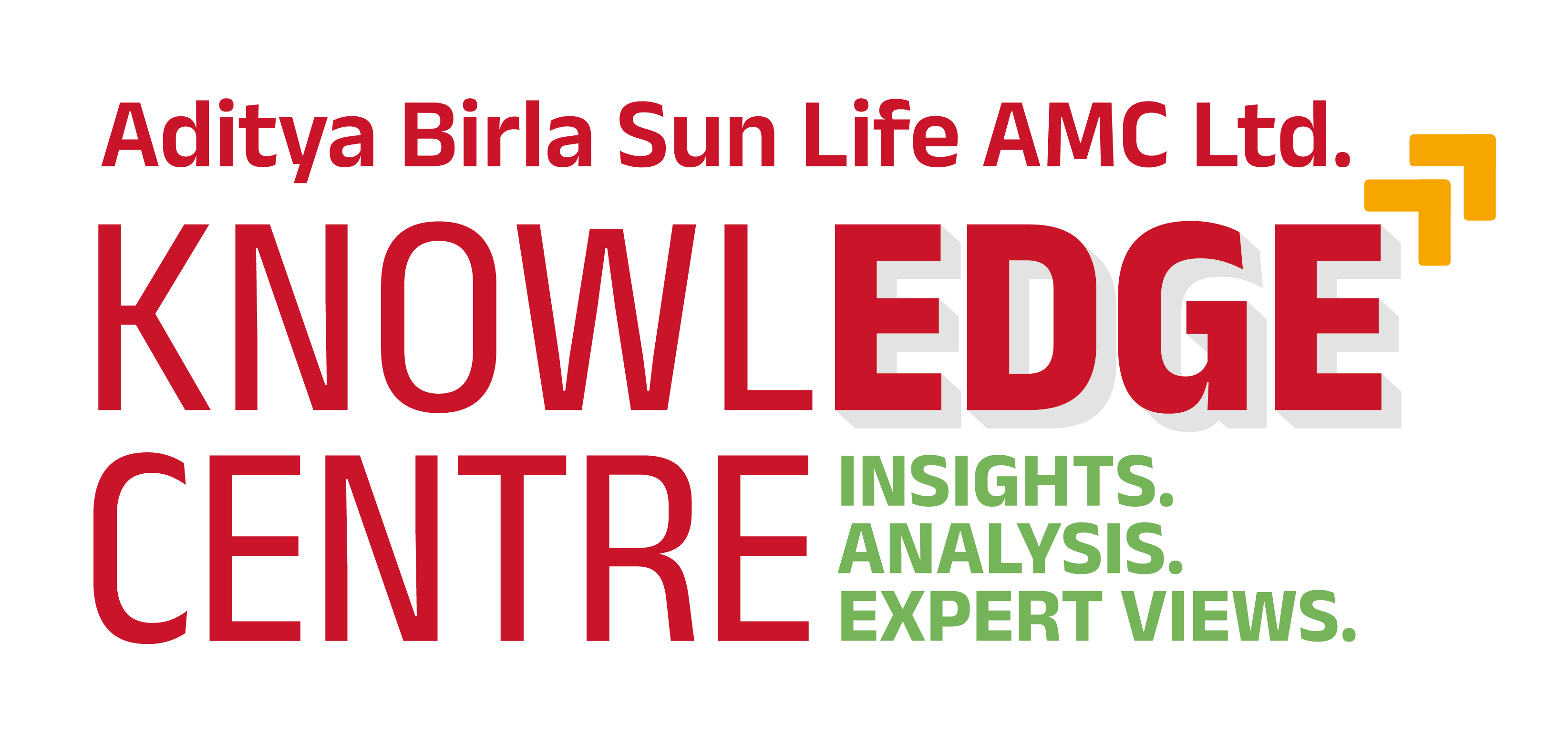-
Our Products
Our FundsOur High Return Funds
-
Self Care
Self-ServiceFind InformationWays To TransactPartner Solutions
-
Downloads
- Learnings
- About Us
-
More
-
Shareholders
-
Shareholders
-
Updates
-
-
Wealth Calculator
- Back
-
Shareholders
ABC Solution 

Loans
Insurance
Aditya Birla Sun Life AMC Limited
Aditya Birla Sun Life AMC Limited
Enter your details to visit our Metaverse

Enter valid first name
Enter valid last name
Enter valid email
+91
Enter valid mobile number
Enter valid otp detail
Select internet speed
Select privacy policy
Form Error
- Personal
-
Corporates
-
-
Advisors
-
Protecting
Financing
Advising
-
- Careers
- Mutual funds
-
Our Products
-
Our Funds
- All Funds
- Our Unique Solutions
- Our High Return Funds
- Aditya Birla Sun Life PSU Equity Fund
- Aditya Birla Sun Life Nifty Smallcap 50 Index Fund
- Aditya Birla Sun Life Pure Value Fund
- Aditya Birla Sun Life Infrastructure Fund
- Aditya Birla Sun Life Pharma and Healthcare Fund
- Aditya Birla Sun Life Small Cap Fund
- Aditya Birla Sun Life Midcap Fund
-
Solutions & Categories
-
-
Self Care
-
Self-Service
-
Find Information
-
Ways To Transact
Contact Us
1-800-270-7000 within india | +91-080-45860777 outside india | care.mutualfunds@adityabirlacapital.com -
- Downloads
- Learnings
- About Us
- Calculator
- Shareholders
-
Our Products
-
Our Funds
- All Funds
- Our Unique Solutions
- Our High Return Funds
- Aditya Birla Sun Life PSU Equity Fund
- Aditya Birla Sun Life Nifty Smallcap 50 Index Fund
- Aditya Birla Sun Life Pure Value Fund
- Aditya Birla Sun Life Infrastructure Fund
- Aditya Birla Sun Life Pharma and Healthcare Fund
- Aditya Birla Sun Life Small Cap Fund
- Aditya Birla Sun Life Midcap Fund
-
Solutions & Categories
-
-
Self Care
-
Self-Service
-
Find Information
-
Ways To Transact
Contact Us
-
-
Downloads
-
Learnings
-
About Us
-
Calculator
- Shareholders
Aditya Birla Sun Life AMC Limited
Current & Historical NAV / Dividend


Oops! service is unavailable, please try after some time.
Methodology for calculating subscription and redemption price of units.
- Subscription / Switch-in (from other schemes/plans of the Mutual Fund) (This is the price investor need to pay for purchase/switch-in)
If the applicable NAV is Rs. 10/- and since there will be no entry load, then the purchase price will be Rs. 10/- - Redemption / Switch - out (to other schemes/plans of the Mutual Fund)(This is the price investor will receive at the time of redemption/ switch-out)
If the applicable NAV is Rs. 10/- and exit load is 0.5% then sale price will be 10 - (10 * 0.5%) = 10 - 0.05 = Rs. 9.95/-
Declaration
The information and data contained in this Website do not constitute distribution, an offer to buy or sell or solicitation of an offer to buy or sell any Schemes/Units of Aditya Birla Sun Life Mutual Fund (ABSLMF), securities or financial instruments in any jurisdiction in which such distribution, sale or offer is not authorised. In particular, the information herein is not for distribution and does not constitute an offer to buy or sell or the solicitation of any offer to buy or sell any securities or financial instruments in the United States of America ("US") and Canada to or for the benefit of United States persons (being persons resident in the US, corporations, partnerships or other entities created or organised in or under the laws of the US or any person falling within the definition of the term "US Person" under the US Securities Act of 1933, as amended) and persons of Canada.
By entering this Website or accessing any data contained in this Website, I/We hereby confirm that I/We am/are not a U.S. person, within the definition of the term 'US Person' under the US Securities laws/resident of Canada. I/We hereby confirm that I/We are not giving a false confirmation and/or disguising my/our country of residence. I/We confirm that Aditya Birla Sun Life Mutual Fund / Aditya Birla Sun Life AMC Limited (ABSLAMC) is relying upon this confirmation and in no event shall the directors, officers, employees, trustees, agents of ABSLAMC associate/group companies be liable for any direct, indirect, incidental or consequential damages arising out of false confirmation provided.
- ABSLAMC-Knowledge-Centre
- ViewPoint
- A Happy New Year for Bonds
A Happy New Year for Bonds?

Transcript
Jan 09, 2024
2 Mins Read
 Sunaina da Cunha
Sunaina da Cunha
Listen to Article
Reflecting back, the onset of 2023 was characterized by a somewhat bleak outlook, as forecasters anticipated ominous challenges on the horizon. The global landscape was marred by various issues, encompassing a war in Europe, elevated commodity prices, the cascading repercussions of decade-high interest rates and monetary stringency, persistent inflation, a decelerating Chinese economy, a Europe in decline, and concerns regarding a potential recession in the U.S.
However, we were all surprised with the resilience seen in global growth, primarily contributed by the US, with underpinnings in its strong labour markets. Further, the momentum of inflation cooled quicker than markets expected in the second half of the year and the six-months annualized core Personal Consumption Expenditure price index is already at target! Throughout the year, the Fed’s hawkish tone resulted in markets belatedly believing in the “higher for longer" maxim and pushing US-10-year yields beyond 5%.
But come December 2023, Jerome Powell decided to play market Santa Claus and in all but pivoted in his last policy, after which markets have quickly recalibrated and are now baking in six rate cuts over the next calendar year, rallying significantly.
There is enough reason to believe that the pendulum has swung again to the other side of exuberance and rate cuts will be more calibrated despite cracks in the US economy beginning to appear. The European Central Bank (ECB), however, was relatively hawkish and did not discuss rate cuts in its meeting despite many European countries toying with recession this year.
No further rate hikes are likely, however. China continues with its tepid growth and despite some policy interventions, the mainstay property market remains sluggish and continues to struggle with low demand offtake. Compounding issues for them is the slowing export growth due to slowing global growth. Recent geopolitical developments in the Middle East have also added to the complexity.
In India, the story was always different due to the almost Goldilocks situation of strong growth coupled with a downtrend in inflation. Most of the high frequency indicators of PMIs, credit growth, tax collections, e-way bills, passenger car sales, and capacity utilization—other than the external sector—continue to flash bright green, pointing to a healthy continuing underlying momentum. CPI inflation has continued its broad decline despite intermittent shocks from volatile vegetable prices and the decline seen in the sticky core inflation is particularly heartening.
With the recent inclusion of India in the JP Morgan Index it is estimated that we see inflows of approximately $30-50 billion, having a positive impact on the external account, forex reserves and the Indian currency, over and above the obvious positive impact on yields. Liquidity is expected to remain broadly balanced blunting the use of that tool for the RBI.
Thus, despite real policy rates remaining firmly in the positive territory, with no compelling reason to cut, the “higher for longer" maxim continues to hold, particularly since we have a very slim cushion given that the long-term repo rate in India is closer to 6% and the current repo rate is at 6.5%. This is very different from the US where the long-term Fed rate is closer to 2%, giving them significant headroom to cut when required. We believe we are likely to see a shallow rate cut cycle only in the second half of FY25.
Risks would broadly emanate from the external sector—due to geopolitics and any resultant energy price shocks. The year 2023 cemented the notion that the old-world order that we knew and that existed for many decades is under threat and a change to a multi-polar world with fluid alliances is underway. Suffice to say that volatility is the only certainty!
Corporate bond spreads are finally showing signs of expanding. With Corporate India’s credit metrics in fine fettle and previously abundant liquidity, spreads were compressed for many years. However, all this is likely to change with balanced liquidity and the change to risk weights by banks for a few asset classes.
The year 2024 is again starting on an interesting note. With our expectations that central bankers have ended their rate-hiking cycle against the backdrop of declining inflation, the positive real returns that current rates point to, augur well for increased fixed income allocations in 2024. Demand supply situation from the sovereign curve is now more favourable compared to last year due to likely fiscal consolidation and bond indices inclusion. The expected neutral liquidity situation would limit RBI’s ability to do OMO sales. Thus, we would expect benchmark G-Sec to gradually move lower during the year and average in the range of 6.75-7% during 2024 and thus provide a window for potential capital gains.
The views expressed in this article are for knowledge/information purpose only and is not a recommendation, offer or solicitation of business or to buy or sell any securities or to adopt any investment strategy. Aditya Birla Sun Life AMC Limited (“ABSLAMC”) /Aditya Birla Sun Life Mutual Fund (“the Fund”) is not guaranteeing/offering/ communicating any indicative yield/returns on investments. The sector(s)/stock(s)/issuer(s) mentioned do not constitute any research report/recommendation of the same and the Fund may or may not have any future position in these sector(s)/stock(s)/issuer(s). ABSLAMC has used information that is publicly available including information developed in house. Information gathered and material used in this document is believed to be from reliable sources. Mutual Fund investments are subject to market risks, read all scheme related documents carefully.
Who moved the cheese?
The India story is different
What should investors do?
Most likely in 2024 actively managed duration funds can do well within fixed income space. The entire yield curve between 1-3 year is available at 7.75% - 8.0%. Given our macro views, these rates are unlikely to inch up much higher. Investors should not expect any immediate gains from rate cuts since they are a while away and should instead look at an accrual play. More intrepid investors can look at the tactical opportunity being supplied due to the bond index inclusion and invest in Gsec funds or funds that invest predominantly in FAR securities. Time for dialling in active duration risk through short-term funds (Short Duration fund, corporate bond fund, and Banking and PSU Fund) is still apt.
Source: ABSLAMC Research

Sunaina da Cunha
About Author
Ms. Sunaina da Cunha s the Co-Head of Fixed Income at Aditya Birla Sun Life AMC Limited. She has a rich experience of 20 years in fixed income fund management with an expertise in structuring bond solution and credit transactions. As Co-Head, Sunaina leads the overall credit portfolio of the AMC.
She has been a part of the Aditya Birla Group since 2004 having started as a Group Management Trainee in Aditya Birla Management Corporation Private Limited.
Sunaina is a CFA Charter Holder from the CFA Institute, Virginia, USA. She is also an MBA from the Faculty of Management Studies (FMS), University of Delhi.
You May Also Like
Stay updated with the latest insights from ABSLAMC Knowledge Centre
Are you an existing investor
* Mandatory fields
Please fill all mandatory fields
Subscribe

Hi There!
Thank you for subscribing to our thought leadership platform ABSLAMC Knowledge Centre – as we bring to you viewpoints, insights and special reports, which will be delivered to your inbox.
Regards
Team ABSLAMC Knowledge-Centre
Loading...




 1800-270-7000
1800-270-7000
















